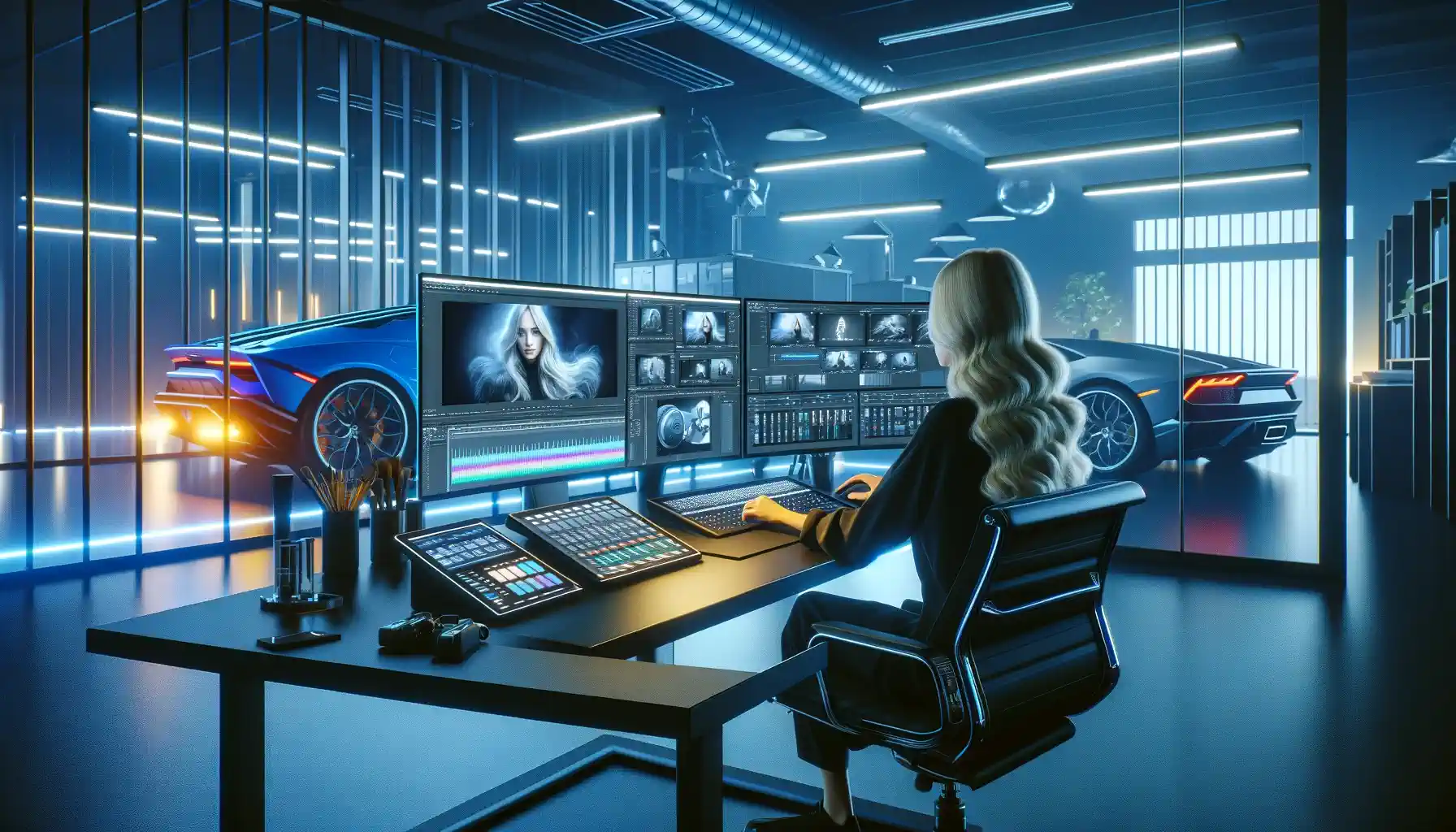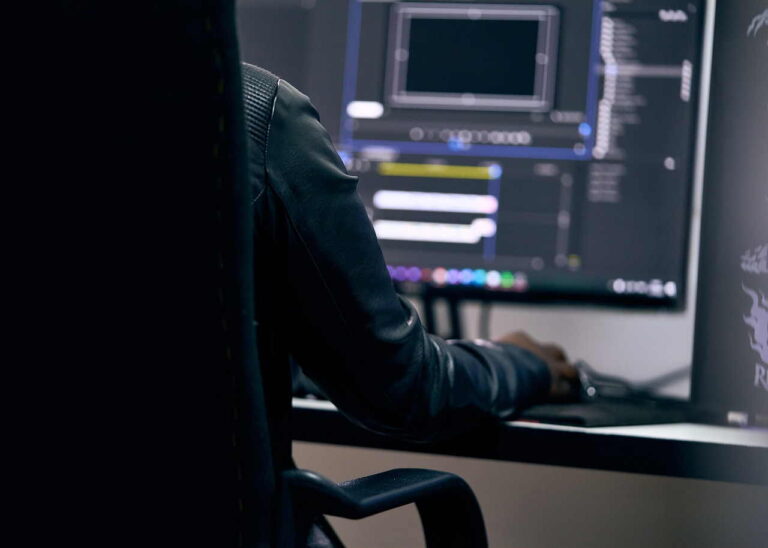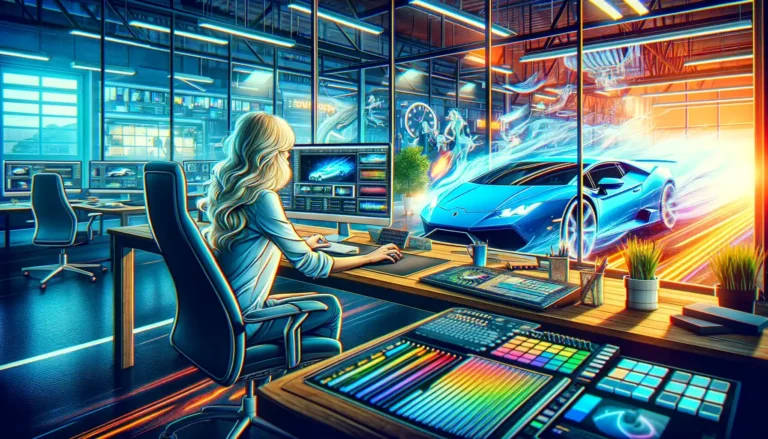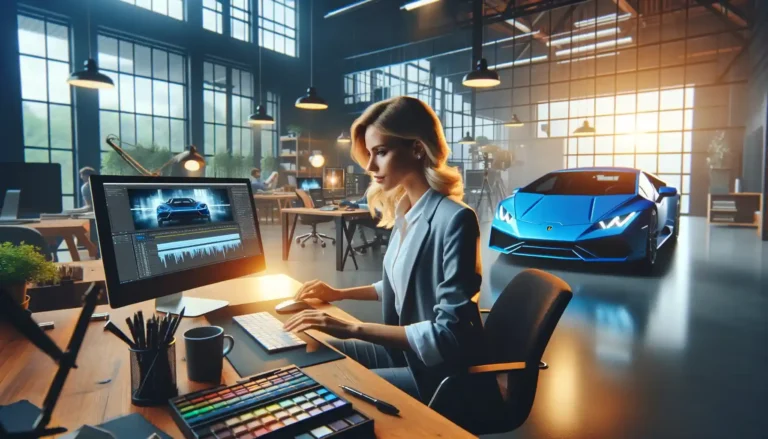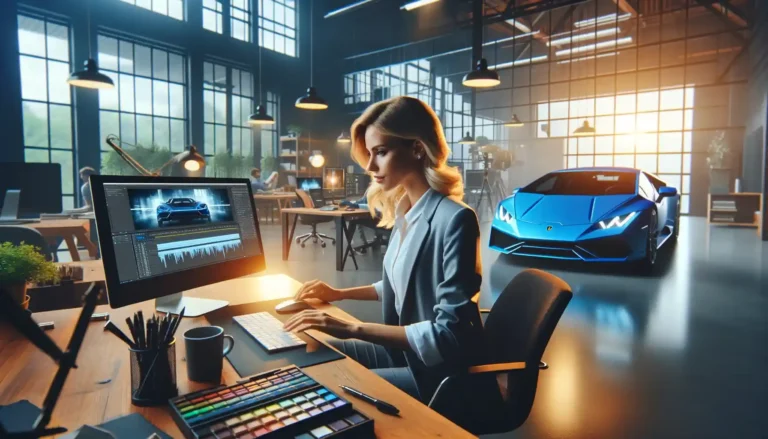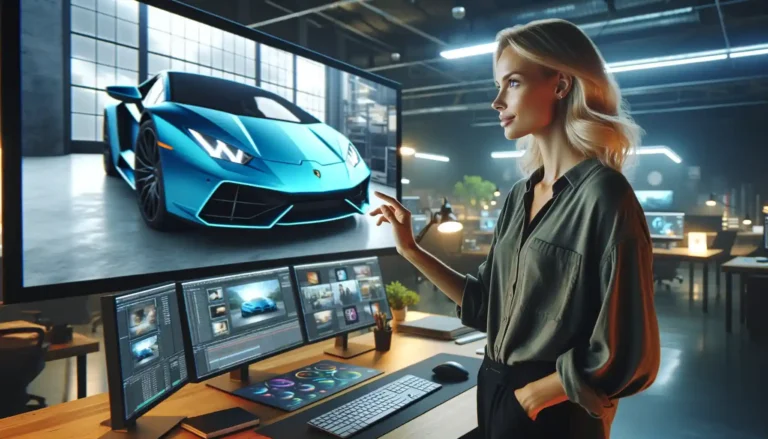Effective 3D Strategies for Video Advertisements with Animation in Action
Effective 3D Strategies for Video Advertisements with Animation in Action. 3D animation is a critical tool for creating captivating video advertisements that stand out. This article delves into effective strategies for leveraging 3D animation in video ads, illustrating how animation can transform advertising campaigns into engaging, memorable, and persuasive visual experiences.
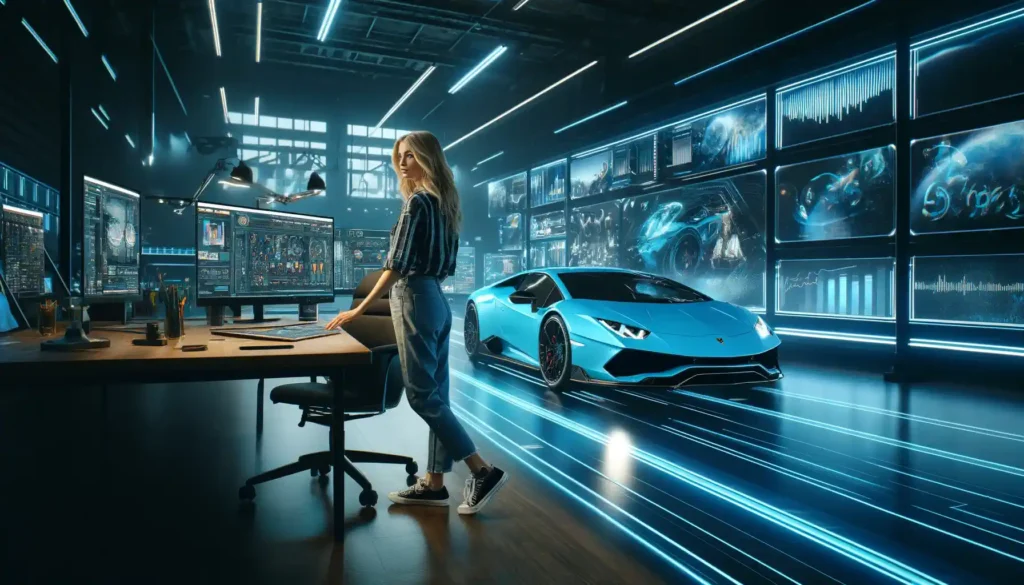
Understanding the Impact of 3D Animation on Video Ads
3D animation adds depth, realism, and a dynamic visual appeal that 2D cannot match. It allows advertisers to craft realistic scenes that can evoke stronger emotions and create a more profound connection with the audience. This realism is particularly effective in industries like automotive, real estate, and product demonstrations where visual detail and immersion can significantly influence consumer decisions.
Strategy 1: Storytelling Through 3D Environments
Creating Immersive Narratives: Utilizing 3D environments allows brands to create detailed worlds that can tell a story beyond the product. For example, an advertisement for a new car can place the vehicle in a variety of realistic settings, showcasing its capabilities across different terrains and weather conditions, thus narrating a story of reliability and performance.
Implementation Tips:
- Develop a storyboard that integrates the product seamlessly into various 3D scenarios.
- Use lighting and textures to enhance the emotional ambiance of each scene.
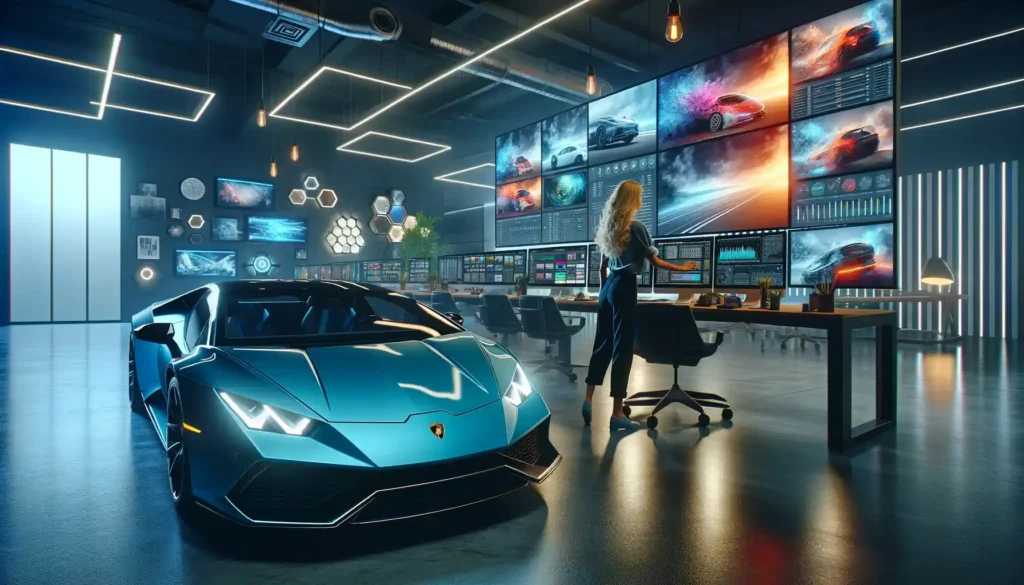
Strategy 2: Highlighting Product Features with 3D Models
Detailed Visual Demonstrations: 3D models can rotate, disassemble, and zoom to highlight specific features of a product. This is invaluable for technical products such as electronics or machinery, where understanding the build and functionality is crucial.
Implementation Tips:
- Focus on the unique selling points of the product, using 3D animation to highlight these features distinctly.
- Ensure that animations are clear and slow enough for viewers to grasp the details.
Strategy 3: Creating Engaging Characters
Building Brand Identity with Mascots: 3D animated characters can act as brand mascots, providing a relatable face to the advertisement. These characters can recur in various marketing materials, creating a consistent brand identity that customers recognize and relate to.
Implementation Tips:
- Design characters that reflect the brand’s ethos and appeal to the target demographic.
- Use these characters to demonstrate product usage or to narrate the ad, making the content more engaging.
Strategy 4: Interactive 3D Ad Experiences
Leveraging AR and VR: With the advent of AR and VR technologies, 3D advertisements can now become interactive experiences. For instance, a furniture brand can use AR to allow customers to see how a piece would look in their own living space.
Implementation Tips:
- Integrate AR/VR experiences with mobile apps or social media platforms to increase accessibility.
- Keep the user interface simple and intuitive to maximize user engagement and enjoyment.
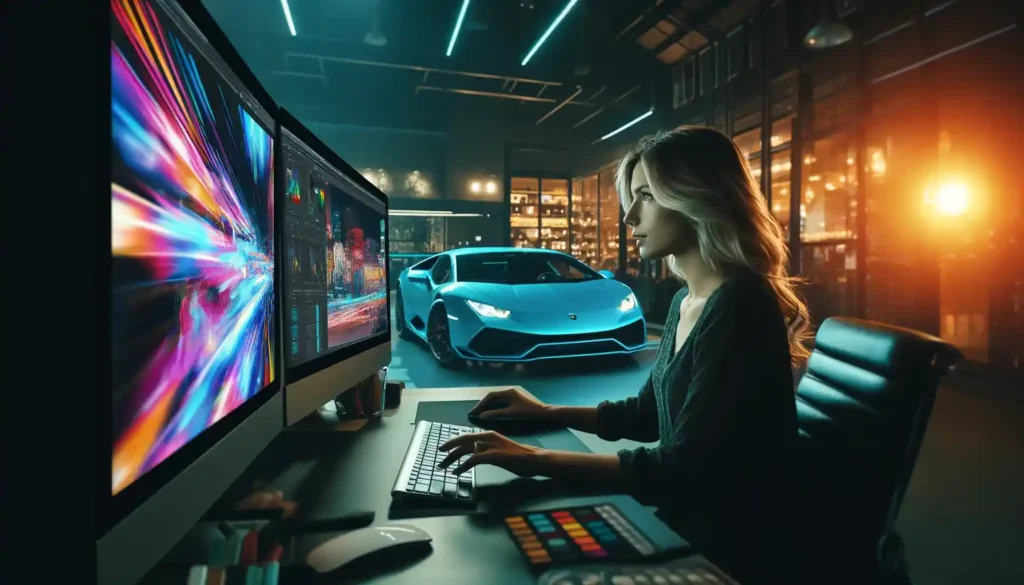
Strategy 5: Enhancing Emotional Appeal through Cinematic Techniques
Using 3D to Create Drama and Excitement: Cinematic techniques such as camera angles, movement, and depth of field can be enhanced with 3D to create more dramatic and emotionally compelling ads.
Implementation Tips:
- Employ dynamic camera movements to make the video more exciting and immersive.
- Use depth to draw attention to the most important elements of the advertisement.
Innovative 3D Animation Techniques in Advertising: Case Studies

The dynamic field of 3D animation has revolutionized the advertising industry, offering new ways to capture consumer attention and convey complex messages effortlessly. Effective 3D Strategies for Video Advertisements animation techniques through detailed case studies, highlighting how different brands have successfully implemented these strategies to enhance their advertising campaigns.
Case Study 1: Automotive Industry – Virtual Reality Showrooms
Brand: Audi Challenge: Audi sought to provide a unique shopping experience that allowed customers to explore their car models in detail without needing to visit a physical dealership. Solution: Audi developed a virtual reality showroom where customers could use VR headsets to view different car models in a 3D space. This setup included interactive elements allowing users to customize car features like color, wheels, and interiors. Results: The VR showroom not only increased customer engagement but also significantly boosted online sales, as customers enjoyed a fully immersive buying experience from the comfort of their homes.
Case Study 2: Consumer Electronics – Product Feature Demonstrations
Brand: Samsung Challenge: Samsung needed to showcase the advanced features of its new smartphone in a way that was both informative and engaging. Solution: Utilizing 3D animation, Samsung created a series of short videos that meticulously demonstrated the phone’s features. Each feature was highlighted through beautifully rendered 3D animations that showed the technology inside the phone and how it operates in real-world scenarios. Results: The animations helped consumers understand the technological advancements easily, leading to a higher perceived value and increased pre-orders.
Case Study 3: Furniture Retail – Augmented Reality Catalogs
Brand: IKEA Challenge: IKEA aimed to enhance the shopping experience by allowing customers to visualize how furniture would look in their own homes before making a purchase. Solution: IKEA launched an augmented reality app that customers could use to place 3D models of furniture in their space via their smartphones or tablets. This app used high-quality 3D animations to provide a realistic representation of the furniture. Results: The AR app significantly reduced return rates and increased customer satisfaction by providing a realistic expectation of the products.
Case Study 4: Beverage Industry – Animated Character Marketing
Brand: Coca-Cola Challenge: Coca-Cola wanted to create a strong emotional connection with a younger audience during the holiday season. Solution: Coca-Cola introduced a 3D animated character, the Coca-Cola Polar Bear, in a series of holiday ads. The bear, animated in a realistic and endearing manner, engaged in various family-oriented holiday activities. Results: The character became iconic, enhancing brand loyalty and recognition. The emotional storytelling through 3D animation helped reinforce Coca-Cola’s image as a brand associated with joy and family gatherings.
Case Study 5: Health and Wellness – Educational Campaigns
Brand: Pfizer Challenge: Pfizer needed to explain the complex mechanism of a new vaccine to a broad audience to increase understanding and vaccine uptake. Solution: Pfizer employed 3D animations to visually depict how the vaccine works at a cellular level within the human body. The animations simplified the scientific process into understandable segments, making it accessible to non-scientific viewers. Results: The educational campaign was successful in demystifying the vaccine process, leading to higher acceptance rates and informed discussions among the general public.
3D Animation: A Marketer’s Guide to Crafting Captivating Ads Conclusion
Effective 3D Strategies for Video Advertisements offer a versatile and effective way to create video advertisements that are not only visually stunning but also highly effective in conveying messages and emotions. By employing strategies like immersive storytelling, detailed product demonstrations, engaging characters, interactive experiences, and cinematic techniques, businesses can significantly enhance the impact of their advertising efforts.
Incorporating these strategies into your next video ad campaign can lead to higher engagement, improved brand recognition, and ultimately, greater conversion rates. As technology continues to evolve, the potential for innovative 3D animated ads is boundless, promising a future where ads are not just seen but experienced.

